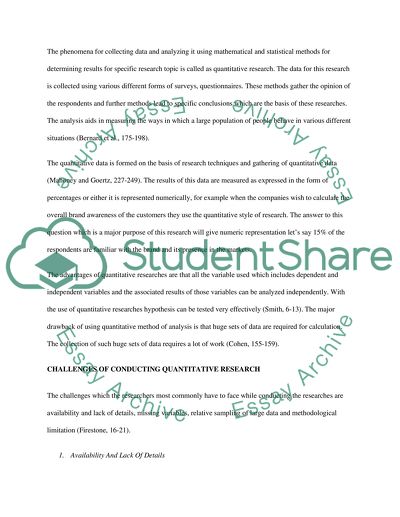Cite this document
(“Challenges of quantitative research Paper Example | Topics and Well Written Essays - 2750 words”, n.d.)
Retrieved de https://studentshare.org/statistics/1488802-challenges-of-quantitative-research
Retrieved de https://studentshare.org/statistics/1488802-challenges-of-quantitative-research
(Challenges of Quantitative Research Paper Example | Topics and Well Written Essays - 2750 Words)
https://studentshare.org/statistics/1488802-challenges-of-quantitative-research.
https://studentshare.org/statistics/1488802-challenges-of-quantitative-research.
“Challenges of Quantitative Research Paper Example | Topics and Well Written Essays - 2750 Words”, n.d. https://studentshare.org/statistics/1488802-challenges-of-quantitative-research.


